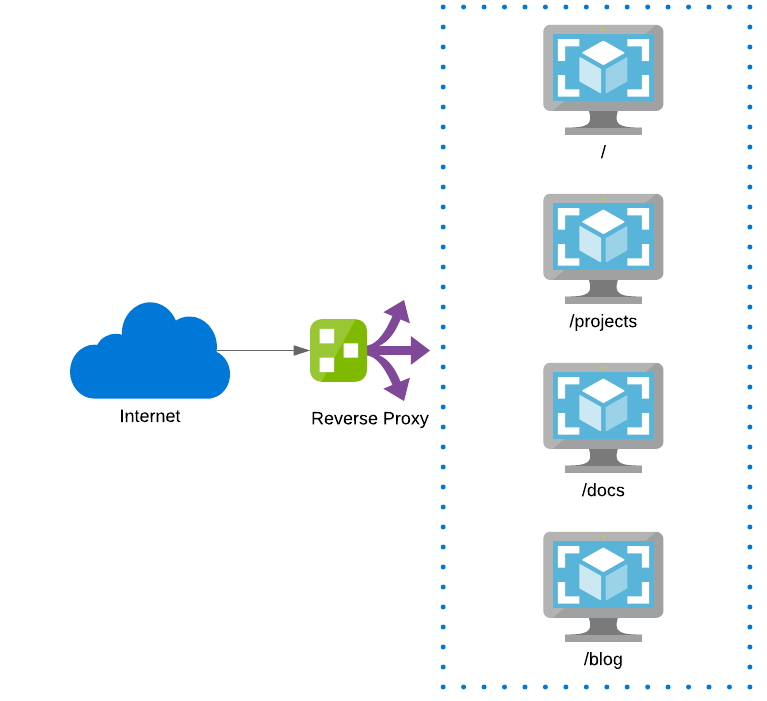Why do some websites use www and does mine need to?
A question that arises a lot is whether to use the www or not in a website domain name. We also get asked what the implications of using www or not are for SEO. So, let’s look at what is important and the issues to be aware of to get the best outcome.
Understanding how search engines treat sites that use www or not
Search engines view sites that use www and those that don’t as different subdomains. This is the same for sites using HTTP or HTTPS. HTTPS is simply an indication that an SSL certificate exists.
Search engines also treat subdomains as completely separate properties. So, for example, www.foundonline.com.au and foundonline.com.au have little relationship to each other. Likewise, if a site uses HTTP or HTTPS they are not the same. i.e. http://foundonline.com.au shares no data with https://foundonline.com.au from a search engines point of view.
The most important thing is to ensure that there is only one active property online. You can do this by redirecting with a 301 redirect to the canonical version. i.e. Redirect from HTTP to HTTPS.
Should you use www or not?
The truth is, it doesn’t matter, so long as only one property is active.
So here is what matters: when displaying your URL in marketing material, you should aim to put the root domain without the HTTPS e.g. foundonline.com.au/about and the redirects should handle the rest, typically taking it to https://www.foundonline.com.au/about.
Additionally, SSL certificates are now free through LetsEncrypt. Most hosting providers also support the auto-renewal of certificates through them. So, there is no excuse to not be using HTTPS. This means you can pick either the www or non-www version so all traffic goes to one property only.
With the basic scenario out of the way, let’s have a look at some of the more interesting cases.
What about other site areas?
One technology (probably WordPress) typically manages a website. However, you may have a new area of the site where it just doesn’t provide the functionality you need. This could be a documentation area, projects portal, journals, maybe even a new blog engine.
Typically, it is fairly straightforward to set these up on a different sub-domain such as blog.foundonline.com.au or projects.foundonline.com.au. However, this is where the search engines will see them as separate properties. In this instance, you run the risk of diluting the ranking of your site.
Ideally, you want to get these working as a sub-folder on the main site e.g. /journals. Especially where the content and links are related to the main site content. The solution to this is to implement a reverse proxy.
What is a reverse proxy?
A reverse proxy is where the server receives a request to /docs and then proxies that request to the platform handling that part of the site.

This way the customer (and search engines) will see the single top-level domain, but really there will be multiple servers and technology stacks delivering different parts of the website.
Admittedly, this is not trivial to set up. There can also be lots of technical implications that need to be worked through as a result. But you should be aware that it is possible and that it should be considered functionality as on a site.
If this is something that you are needing to do to maximise your search results, we recommend getting in touch with a qualified agency or hosting provider that can help you with this.
Get in touch with us for SEO matters
Found Online SEO agency Sydney builds search engine optimised websites that drive traffic and sales. If you still have questions about whether to use the www or not, get in touch. Or talk to us about our website design and web development services.
Contact us on 02 7906 8405 or at info@foundonline.com.au.
